Photographer Binh Danh spends his summers tooling around various national parks in a distinctive white van that doubles as a darkroom. “I nicknamed it ‘Louis’ after Louis Daguerre,” the 38-year-old says, smiling from behind his professorial glasses. Louis Daguerre invented the daguerreotype in the 1830s, and Binh Danh has reinvented it for today. Using handmade materials, Danh coats sheets of copper with silver, polishes the plates to a blinding gleam and synthesizes them with iodine to create crystals that act as pixels.
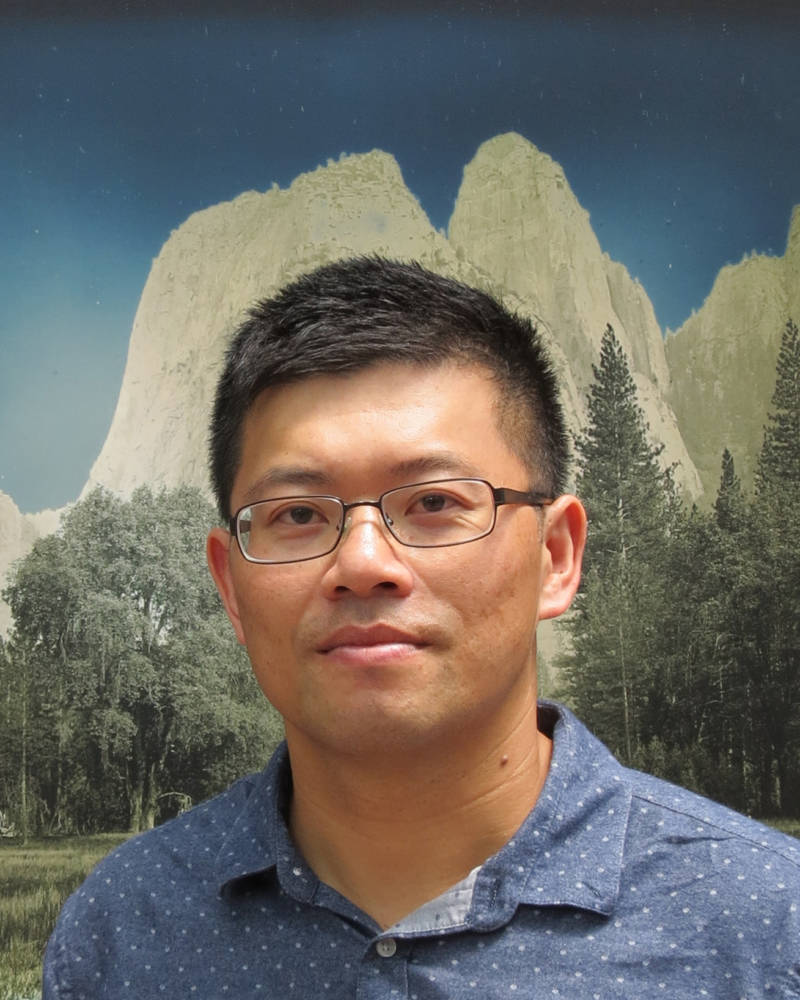
Danh’s work is part of a larger tradition: More than 100 years ago, early photographers helped publicize the beauty of the national parks. Indeed, the parks might not have existed if it weren’t for photographers like Carleton Watkins and Charles Weed, whose Yosemite images helped persuade Congress to establish the first national park.
But Danh brings a contemporary perspective to his work. Now a professor at Arizona State University, he and his family arrived in the U.S. in 1979. “We were the second waves of Vietnamese refugees leaving Vietnam,” Danh says. He, his parents and his three siblings fled civil unrest through jungles and over the South China Sea. They spent months in a Malaysian refugee camp and eventually landed in Northern California when Danh was 2 years old. His parents spoke no English, but they managed to open a television repair shop in San Jose. “I spent all my time there,” Danh remembers. “It was school, then back to the shop to work.”
Starting at age 5, Danh worked as the shop’s janitor, cleaning the bathrooms and floors. Even though they were only a few hours from Yosemite, Danh says the family never visited the national parks — after their experience fleeing Vietnam, his parents weren’t interested in roughing it outside. But Danh fell in love with the pictures of the parks he saw on calendars. He became a photographer, he says, when his father gave him a camera right before a school camping trip in fifth grade.
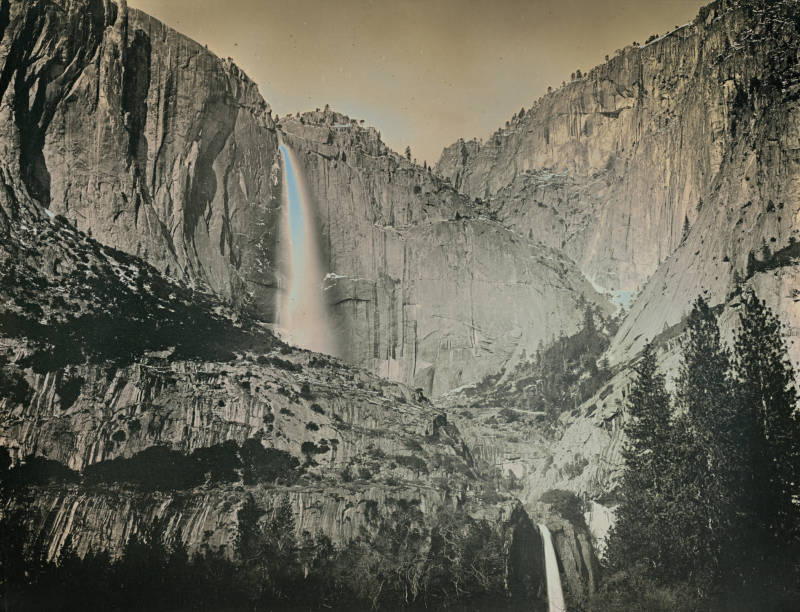
Today, Danh’s silver daguerreotypes of national parks are superreflective, like mirrors. “I want viewers, when they look at my work, that they see themselves in the picture,” he says, “that they also become part of this land; that they, in a way, merge with the land — but they don’t quite disappear into the land. That they still see themselves in it.”
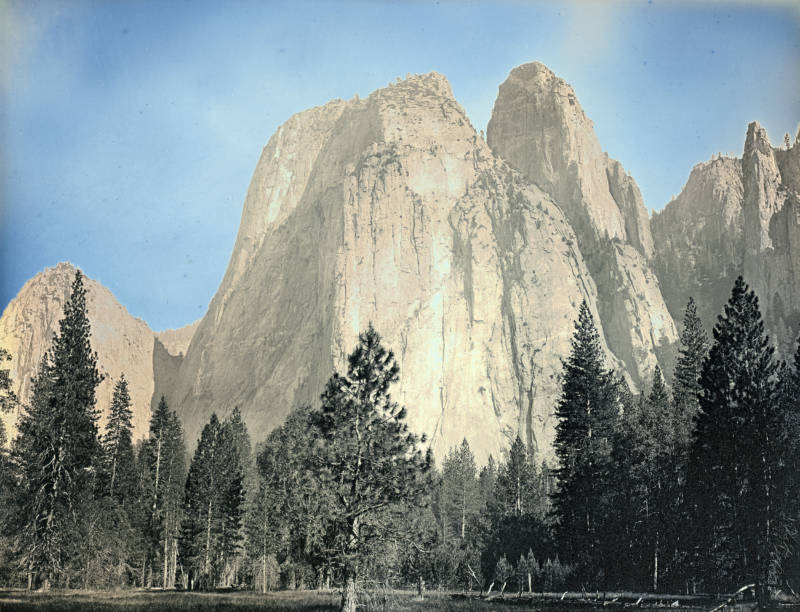
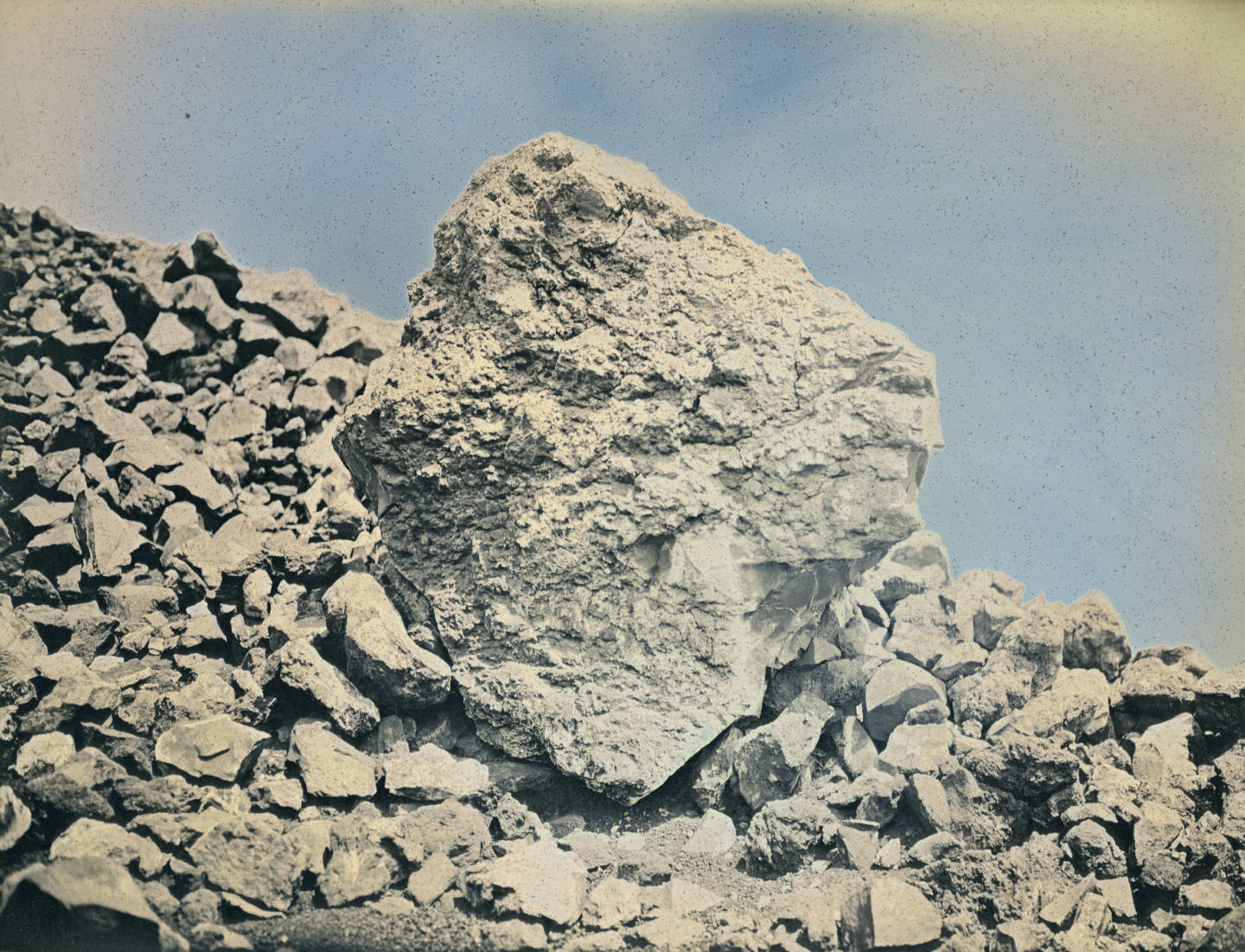
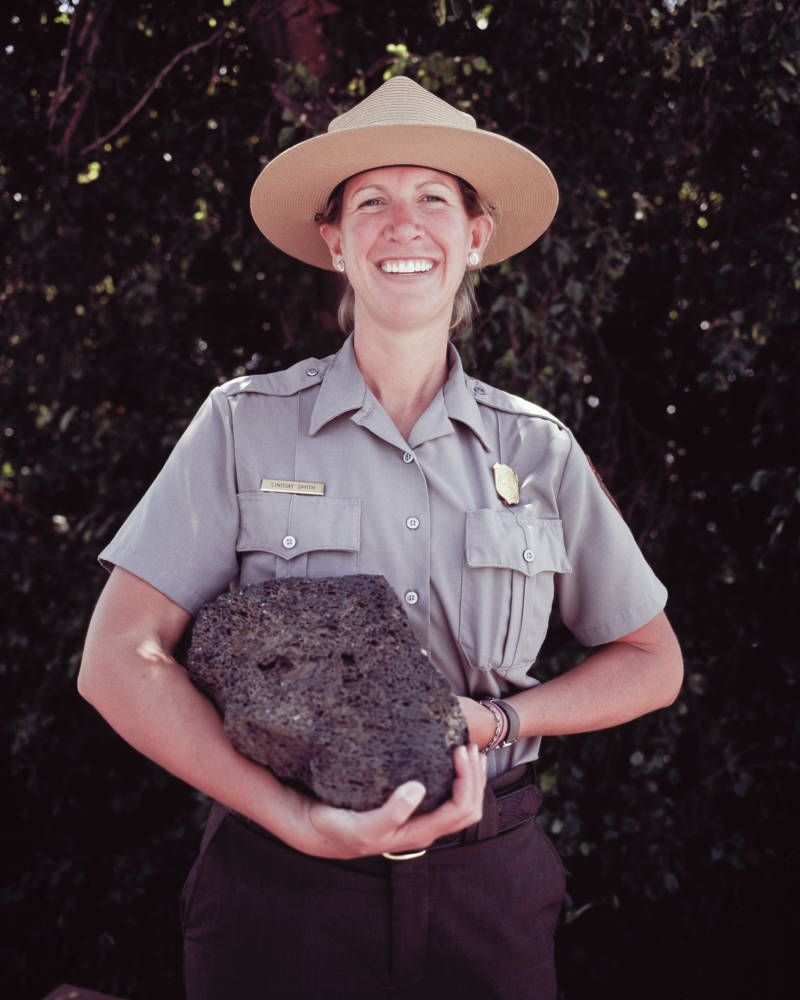
9(MDAxOTAwOTE4MDEyMTkxMDAzNjczZDljZA004))